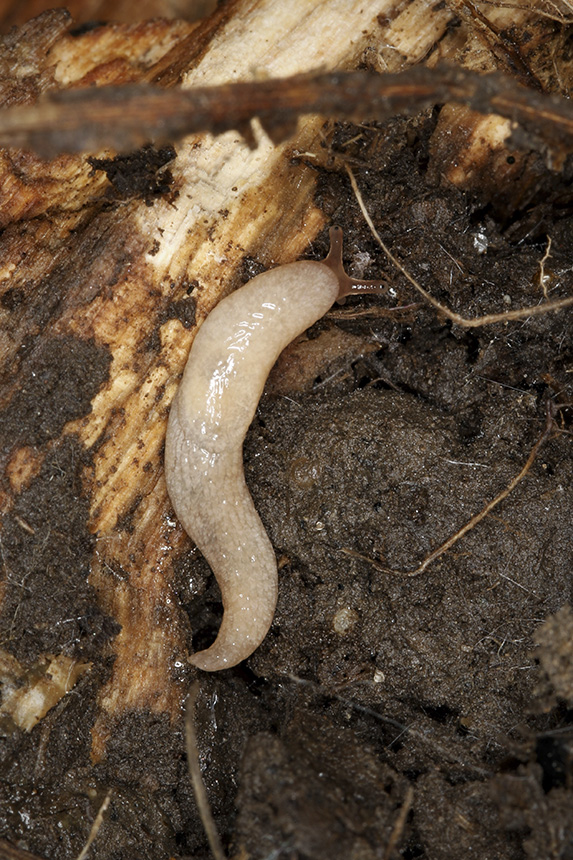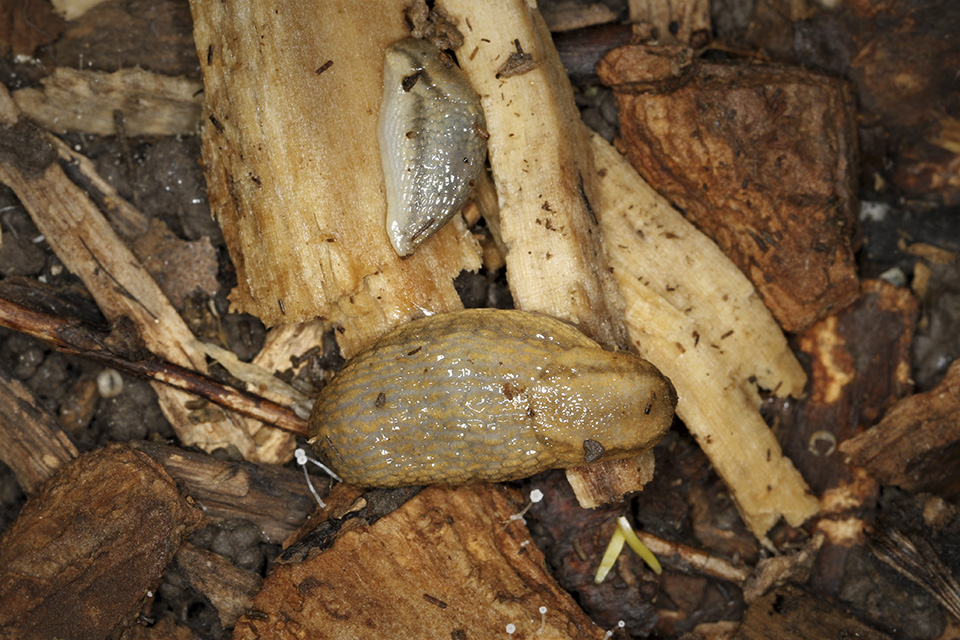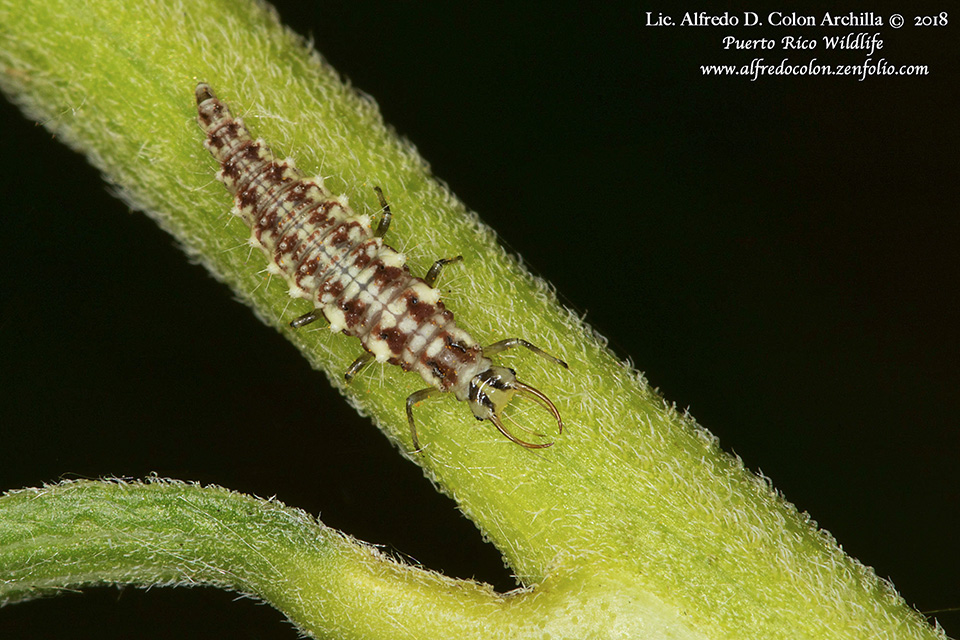
Cylindroiulus caeruleocinctus is a large millipede native to western and northern Europe, Scandinavia, and the United Kingdom. Human activities have greatly contributed to the dispersal of this species. Its range continues to expand east and southeast in Europe. It was recently found for the first time in Hungary. It was introduced into North America and now occurs across northern United States and southern Canada.
Adults are worm-like, and cylindrical. They have more than 32 body segments (rings). Each ring is brownish-black with bronze-colored edges. This species is distinguished from similar millipedes by its large size and by the lack of a pointed projection on the last body segment.
http://www.minnesotaseasons.com/Centipedes/millipede_(Cylindroiulus_caeruleocinctus).html






